The ex-Bill Jacobs and ex-Gene Ponder 1939 Alfa Romeo 6C 2300B Short-Chassis Spider Coachwork by in the style of Touring Registration no. not UK registered Chassis no. 813219 *The pinnacle of 1930s sports car design *Beautiful re-body to concours standard *Maintained with no expense spared *Currently registered in the Republic of Ireland Fußnoten 'An absolute novelty presented by Alfa Romeo at the 1934 Milan automobile show was the latest creation of Vittorio Jano, the 6-cylinder intended by the factory and by its designer to claim the heritage of the prestigious Alfa Romeo 1750...' – 'Le Alfa Romeo di Vittorio Jano', Autocritica, Milan, 1982. Introduced at the 1934 Milan Show, the Alfa Romeo 6C 2300 was the latest flowering of a noble line of sporting models that had originated in 1925 with the 6C 1500. The latter was the first true expression of the abiding design genius of Vittorio Jano, who had masterminded the Italian firm's meteoric rise to world-class stature in the mid-1920s. His P2 and Tipo B Monoposto racing designs proved virtually unbeatable at Grand Prix level in their heyday, while his family of six-cylinder sports-racing cars has passed into the annals of motoring history as the standard-setter of its time. The 2300's newly developed six-cylinder 2,309cc engine featured an integrally cast crankcase and cylinder block topped by an aluminium-alloy cylinder head. Two basic specifications were available: the Turismo model with a long-wheelbase chassis, and the Gran Turismo with a shortened wheelbase. In 1934, the 6C 2300 made an auspicious competition debut in the inaugural 'Giro d'Italia - Coppa d'Oro del Littorio', a race held in three stages over a total of 5,687 kilometres. Four cars with open coachwork by Brianza were entrusted to Scuderia Ferrari, which collaborated closely with Alfa Romeo on competition matters. The engines were equipped with a new inlet manifold, two 35mm Solex carburettors, and twin 3-into-1 exhaust manifolds. Thus equipped, the engines produced more than 100bhp. Other changes made to the cars included a higher final drive ratio; Bosch electrics with a second battery; an enlarged fuel tank; two fuel pumps; and the addition of a rev counter. Alfa Romeo suffered some bad luck in the course of the race, as the leading car driven by Marinoni had an accident in the second stage. However, the other three cars enjoyed more success, with the Rosa/Comotti car finishing 2nd overall, and the others finishing 4th and 5th. The model's definitive success came at the Targa Abruzzo - 24 Ore di Pescara on 12/13th August 1934, when three Touring-bodied coupés finished 1st, 2nd, and 3rd with the Cortese/Severi car winning against stiff competition from the Lancia Astura driven by Pintacuda/Brivio, who had won the previous Giro d'Italia, and the two Alfa Romeo 8C 2300s of Tazio Nuvolari and Guy Moll. Capitalising on this success, Alfa Romeo decided to build a series of 60 Gran Turismo cars with the mechanical specifications of the racing berlinetta, and with various types of coachwork ranging from saloons to open spiders. These cars were called 'Pescara' to commemorate Alfa's racing successes. They were the predecessors of the new Touring-bodied 6C 2300B Mille Miglia models that debuted at the 1937 Mille Miglia (see below). Introduced in 1935, the 6C 2300B came with 76bhp on tap in touring specification and up to 95 horsepower in short-wheelbase Pescara/MM form. The chassis was constructed of box-section frame rails and featured independent suspension all round, making it an exceptionally advanced design for its day, while the brakes - of large diameter with aluminium cooling fins shrunk around the cast-iron drums - were very effective. One of the 6C 2300B's standout competition successes came in the 1937 Mille Miglia where Giovanbattista Guidotti (benefiting from the experience of previous Mille Miglia co-drives with Nuvolari) and Benito Mussolini's chauffeur, Ercole Boratto, finished 4th overall. Guidotti's
The ex-Bill Jacobs and ex-Gene Ponder 1939 Alfa Romeo 6C 2300B Short-Chassis Spider Coachwork by in the style of Touring Registration no. not UK registered Chassis no. 813219 *The pinnacle of 1930s sports car design *Beautiful re-body to concours standard *Maintained with no expense spared *Currently registered in the Republic of Ireland Fußnoten 'An absolute novelty presented by Alfa Romeo at the 1934 Milan automobile show was the latest creation of Vittorio Jano, the 6-cylinder intended by the factory and by its designer to claim the heritage of the prestigious Alfa Romeo 1750...' – 'Le Alfa Romeo di Vittorio Jano', Autocritica, Milan, 1982. Introduced at the 1934 Milan Show, the Alfa Romeo 6C 2300 was the latest flowering of a noble line of sporting models that had originated in 1925 with the 6C 1500. The latter was the first true expression of the abiding design genius of Vittorio Jano, who had masterminded the Italian firm's meteoric rise to world-class stature in the mid-1920s. His P2 and Tipo B Monoposto racing designs proved virtually unbeatable at Grand Prix level in their heyday, while his family of six-cylinder sports-racing cars has passed into the annals of motoring history as the standard-setter of its time. The 2300's newly developed six-cylinder 2,309cc engine featured an integrally cast crankcase and cylinder block topped by an aluminium-alloy cylinder head. Two basic specifications were available: the Turismo model with a long-wheelbase chassis, and the Gran Turismo with a shortened wheelbase. In 1934, the 6C 2300 made an auspicious competition debut in the inaugural 'Giro d'Italia - Coppa d'Oro del Littorio', a race held in three stages over a total of 5,687 kilometres. Four cars with open coachwork by Brianza were entrusted to Scuderia Ferrari, which collaborated closely with Alfa Romeo on competition matters. The engines were equipped with a new inlet manifold, two 35mm Solex carburettors, and twin 3-into-1 exhaust manifolds. Thus equipped, the engines produced more than 100bhp. Other changes made to the cars included a higher final drive ratio; Bosch electrics with a second battery; an enlarged fuel tank; two fuel pumps; and the addition of a rev counter. Alfa Romeo suffered some bad luck in the course of the race, as the leading car driven by Marinoni had an accident in the second stage. However, the other three cars enjoyed more success, with the Rosa/Comotti car finishing 2nd overall, and the others finishing 4th and 5th. The model's definitive success came at the Targa Abruzzo - 24 Ore di Pescara on 12/13th August 1934, when three Touring-bodied coupés finished 1st, 2nd, and 3rd with the Cortese/Severi car winning against stiff competition from the Lancia Astura driven by Pintacuda/Brivio, who had won the previous Giro d'Italia, and the two Alfa Romeo 8C 2300s of Tazio Nuvolari and Guy Moll. Capitalising on this success, Alfa Romeo decided to build a series of 60 Gran Turismo cars with the mechanical specifications of the racing berlinetta, and with various types of coachwork ranging from saloons to open spiders. These cars were called 'Pescara' to commemorate Alfa's racing successes. They were the predecessors of the new Touring-bodied 6C 2300B Mille Miglia models that debuted at the 1937 Mille Miglia (see below). Introduced in 1935, the 6C 2300B came with 76bhp on tap in touring specification and up to 95 horsepower in short-wheelbase Pescara/MM form. The chassis was constructed of box-section frame rails and featured independent suspension all round, making it an exceptionally advanced design for its day, while the brakes - of large diameter with aluminium cooling fins shrunk around the cast-iron drums - were very effective. One of the 6C 2300B's standout competition successes came in the 1937 Mille Miglia where Giovanbattista Guidotti (benefiting from the experience of previous Mille Miglia co-drives with Nuvolari) and Benito Mussolini's chauffeur, Ercole Boratto, finished 4th overall. Guidotti's
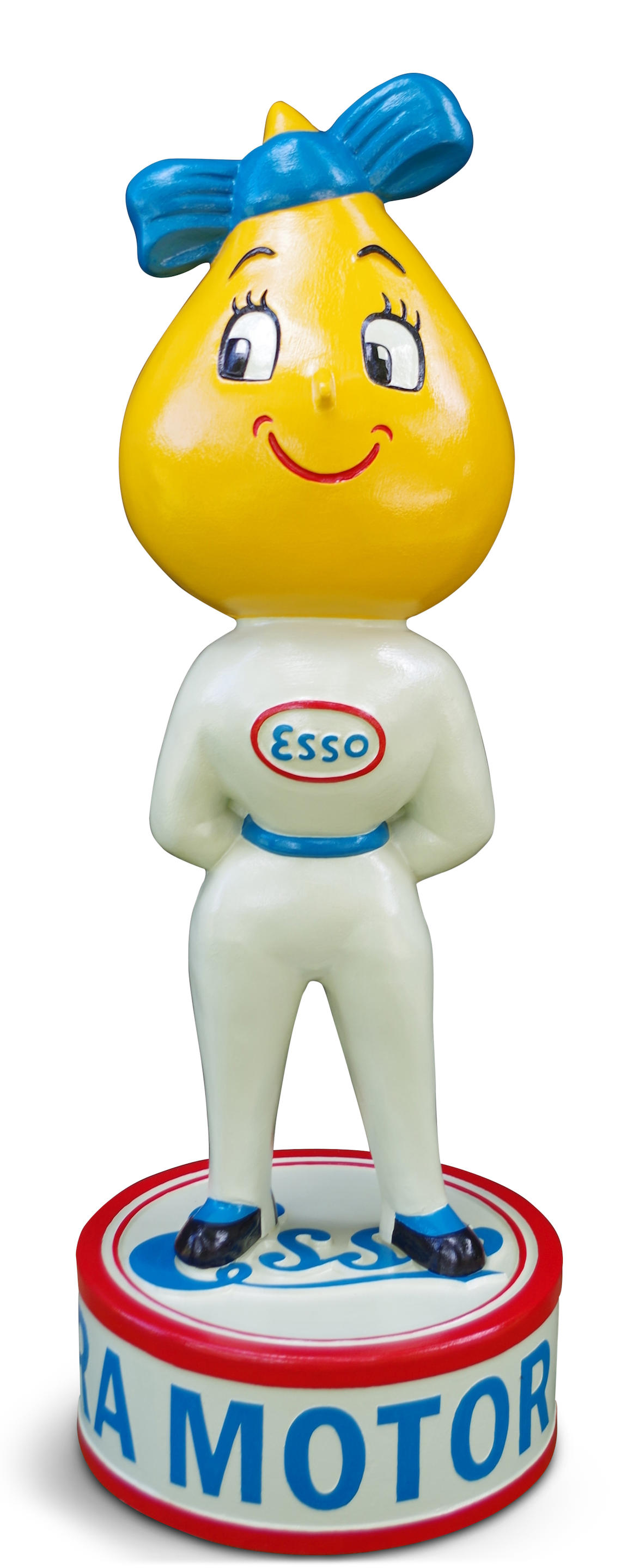
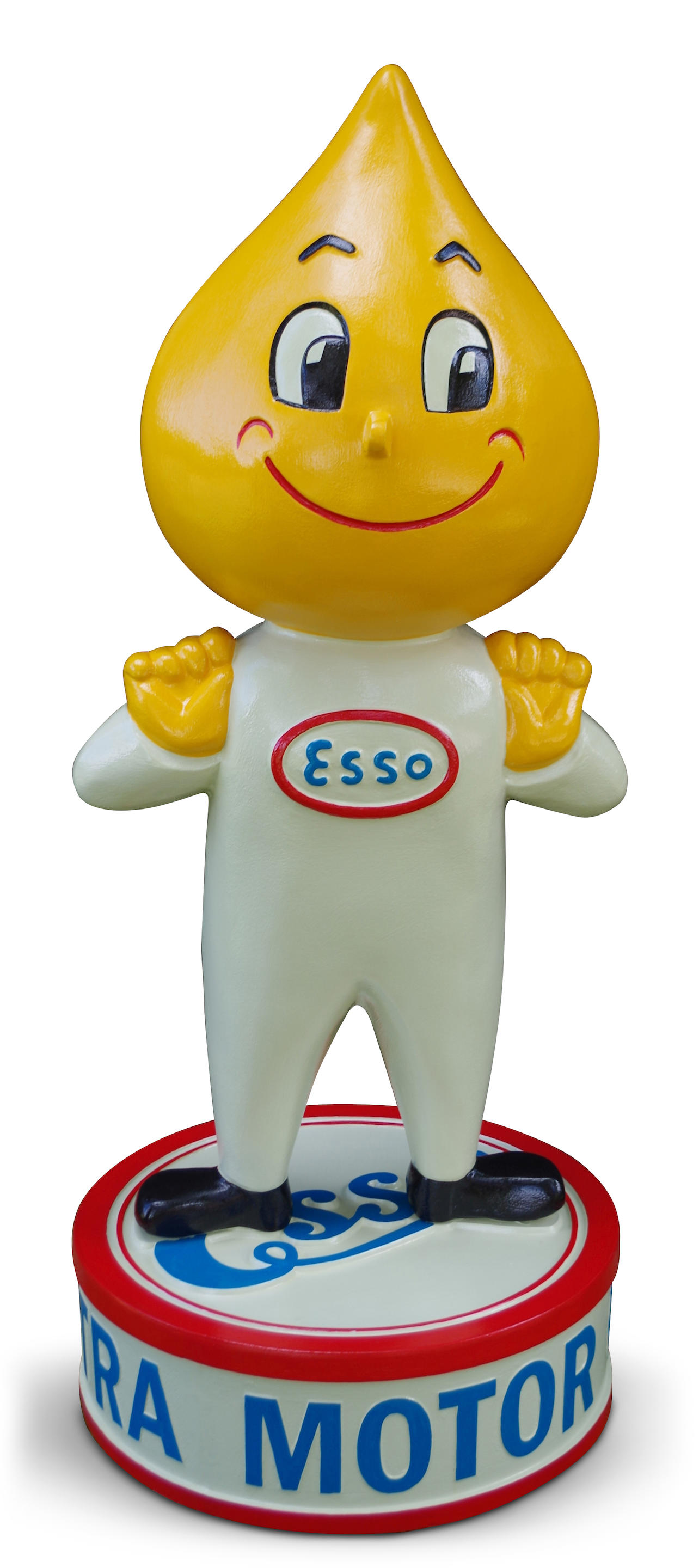
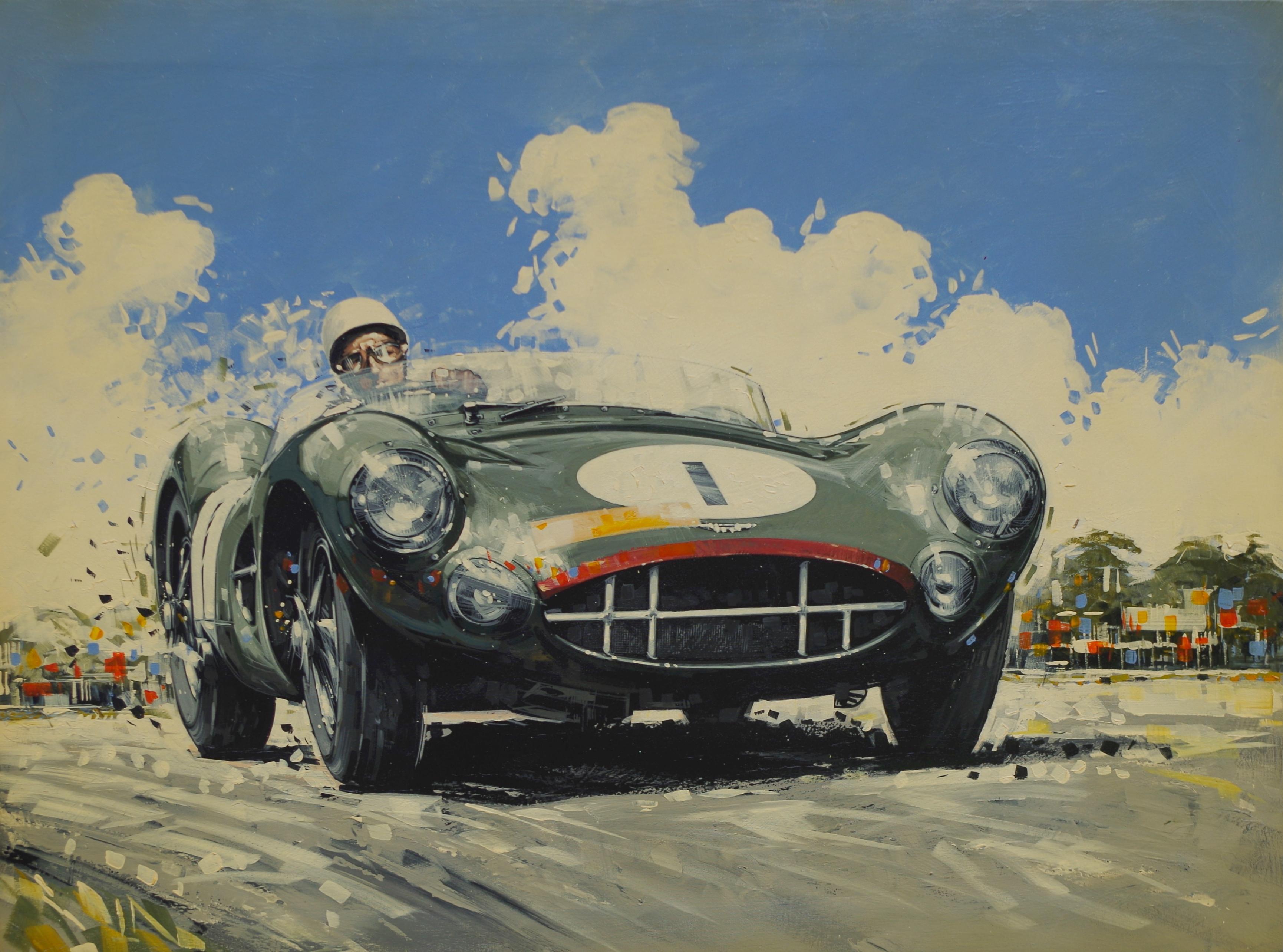
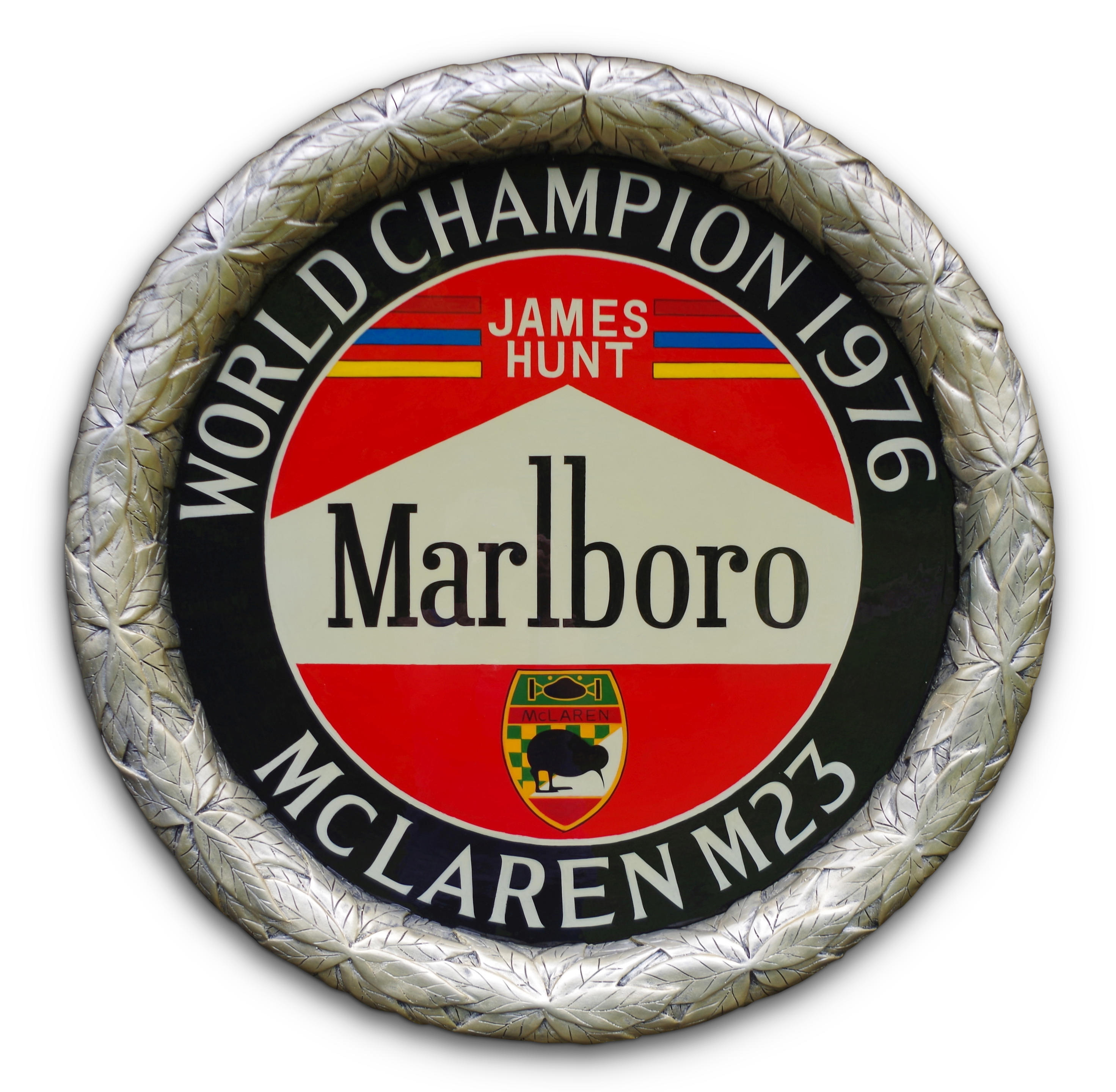


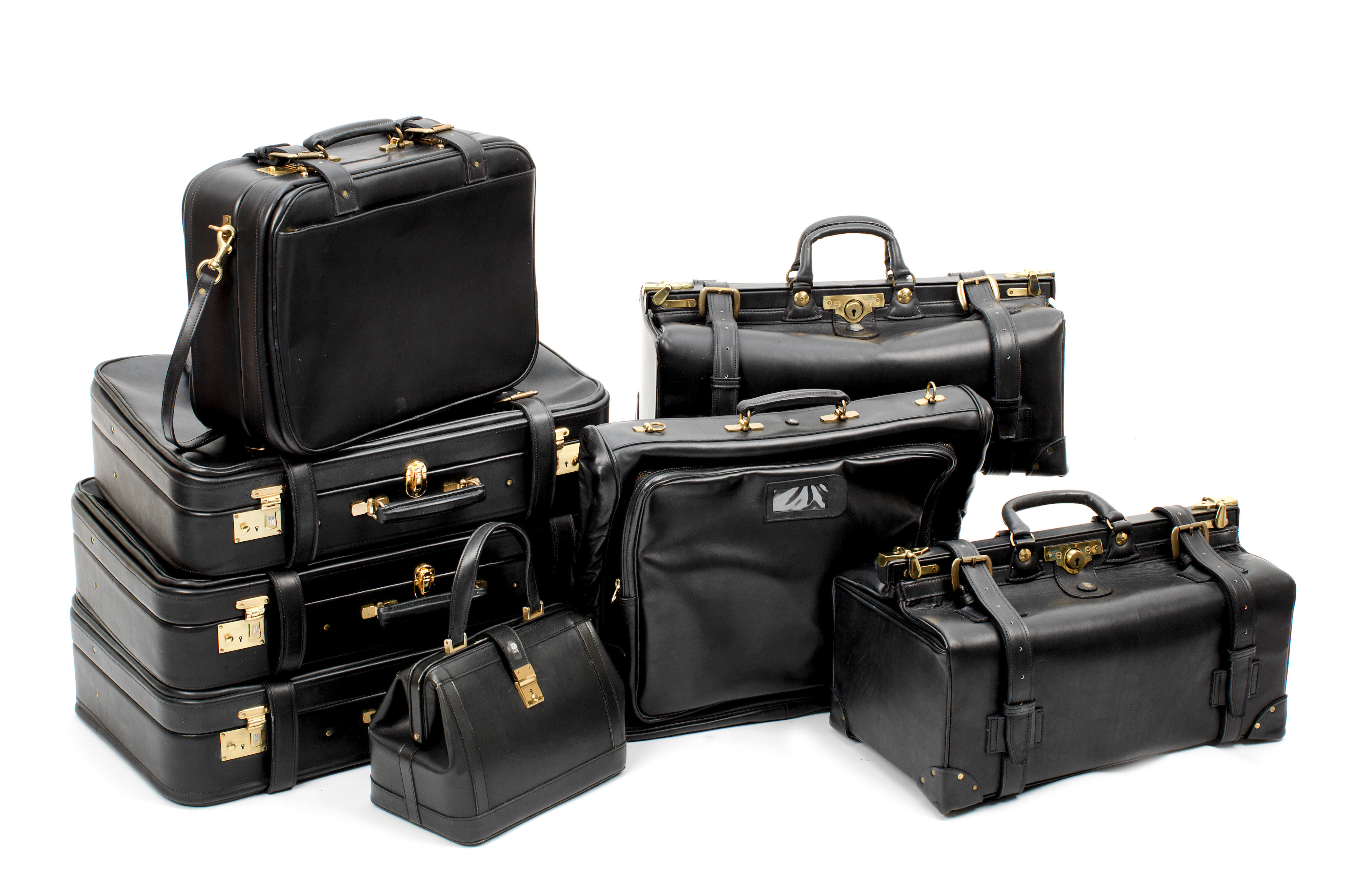
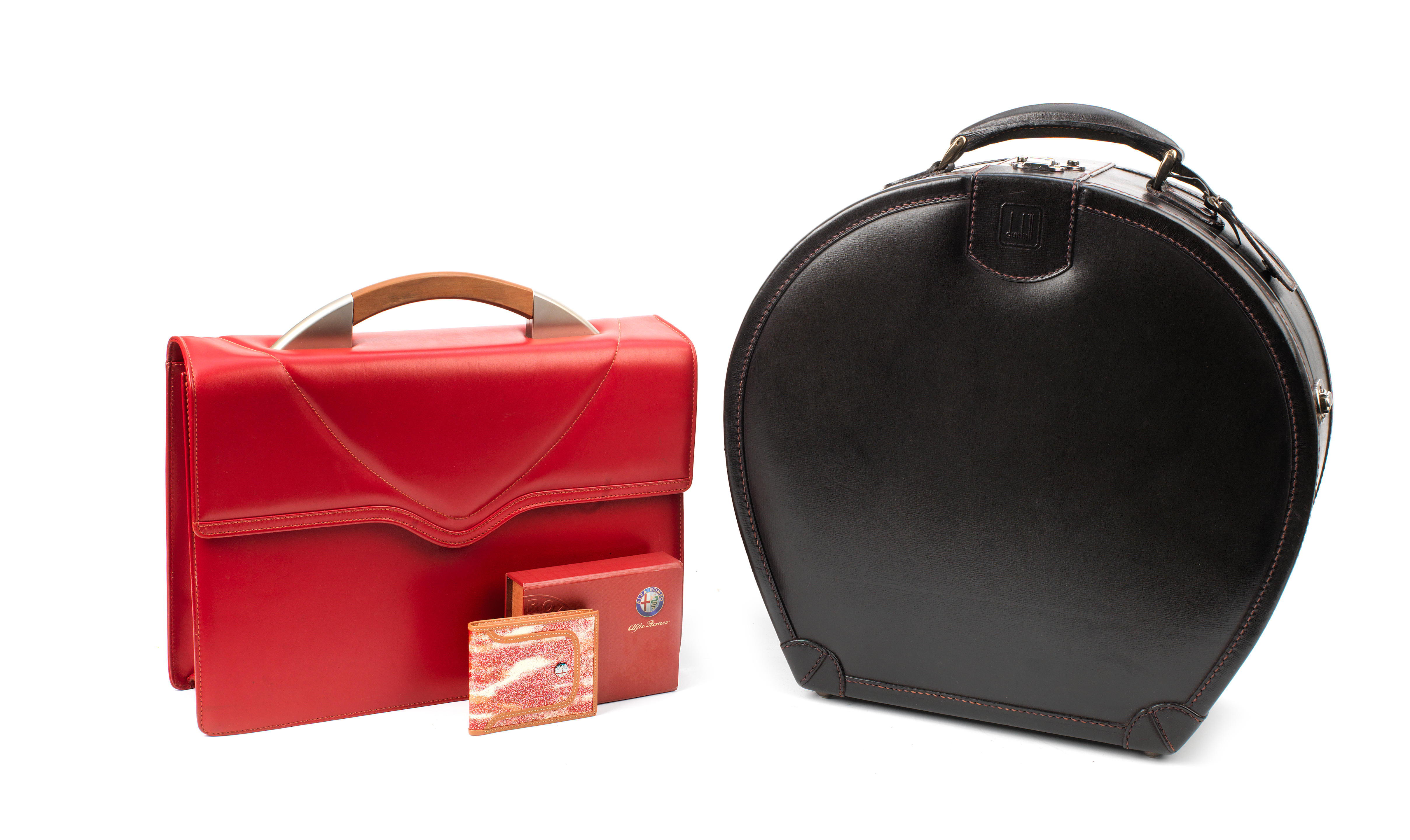

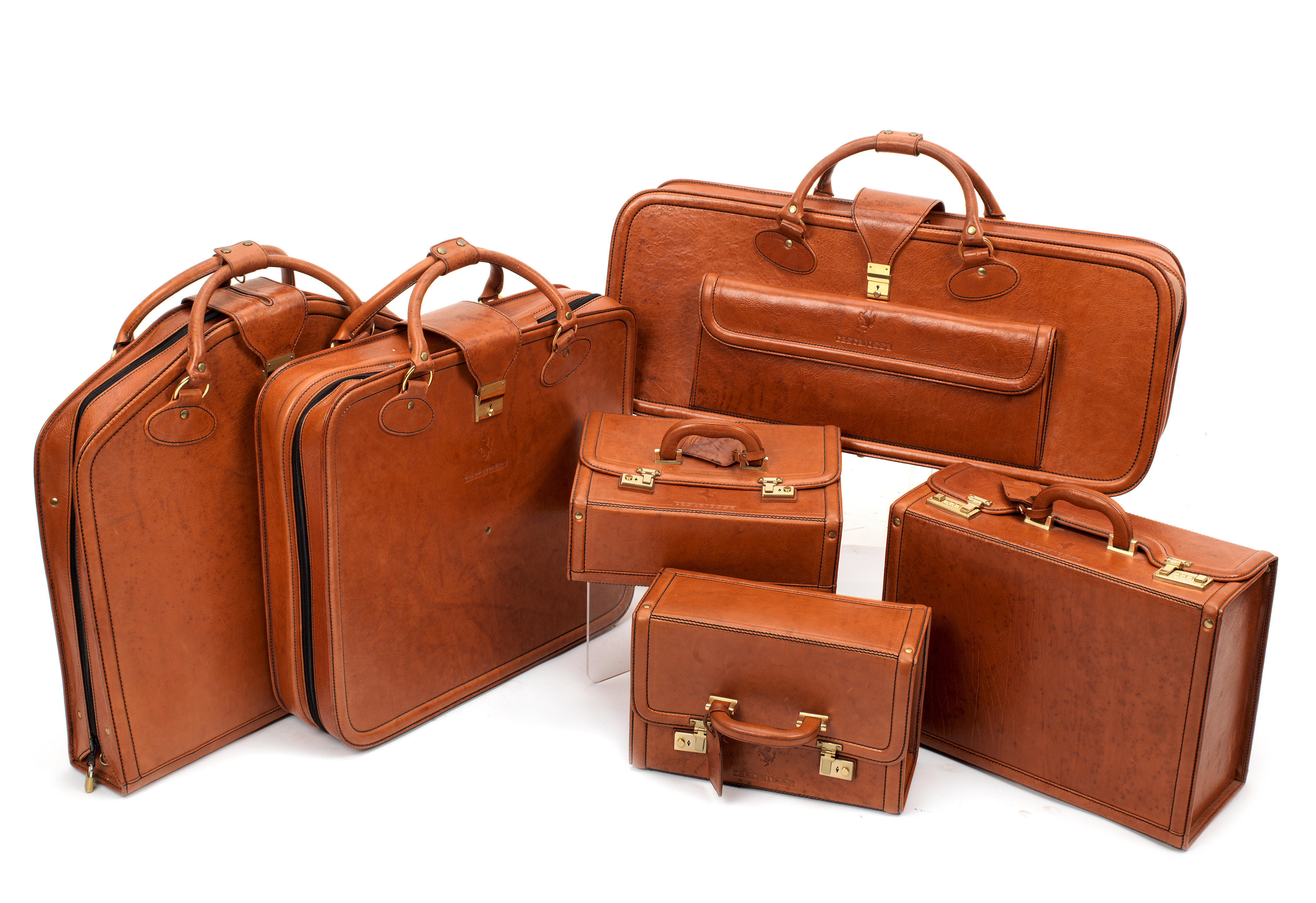
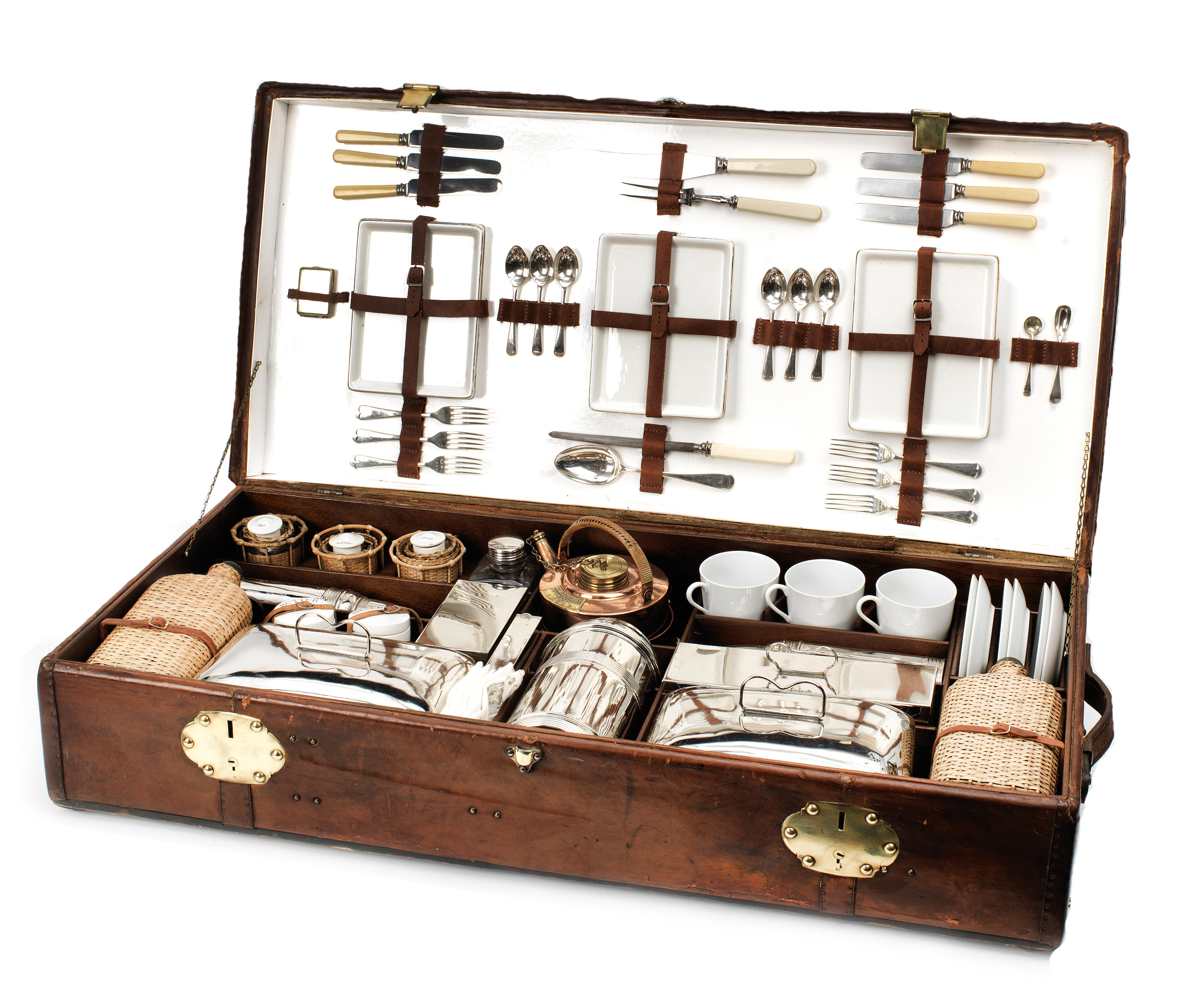
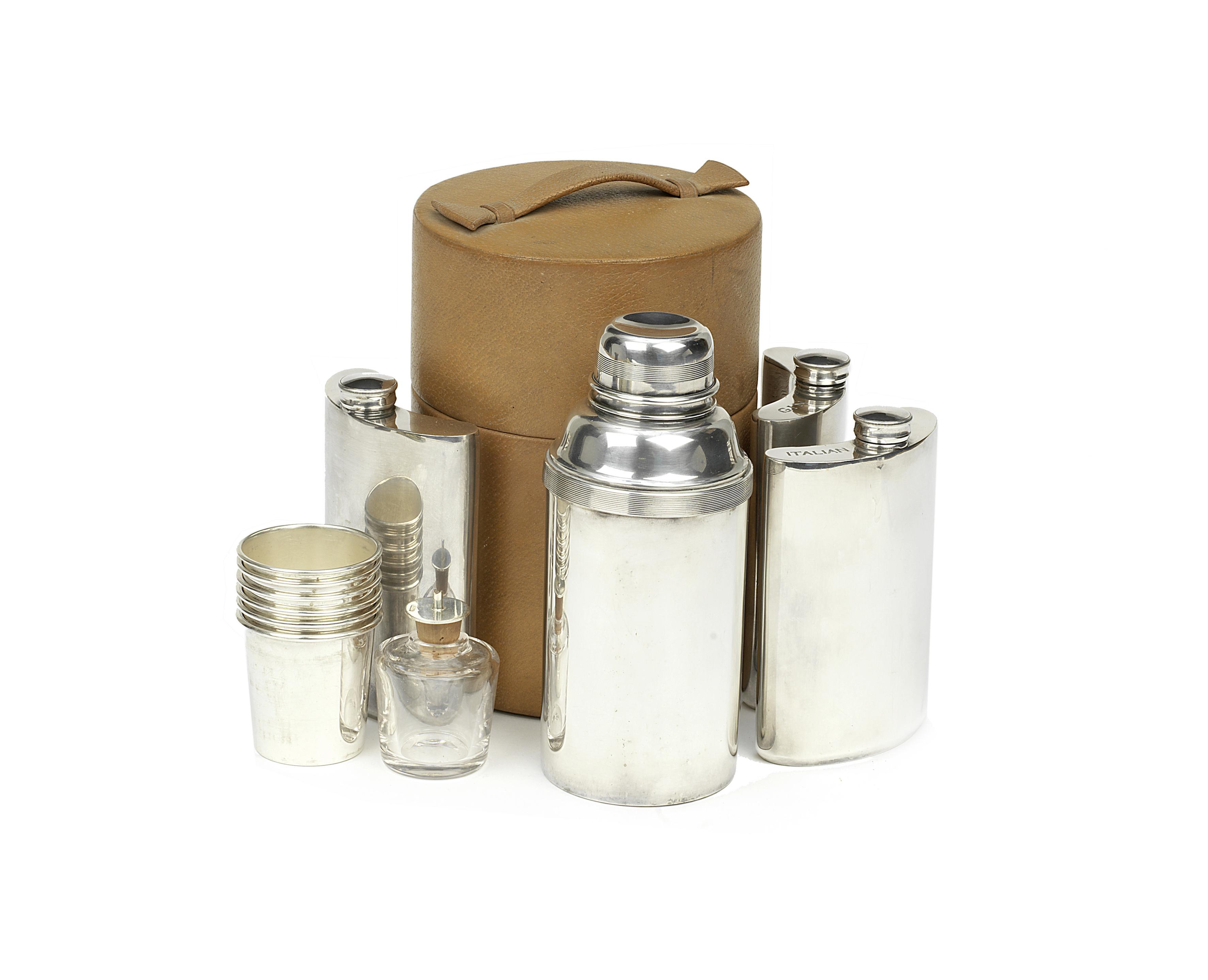
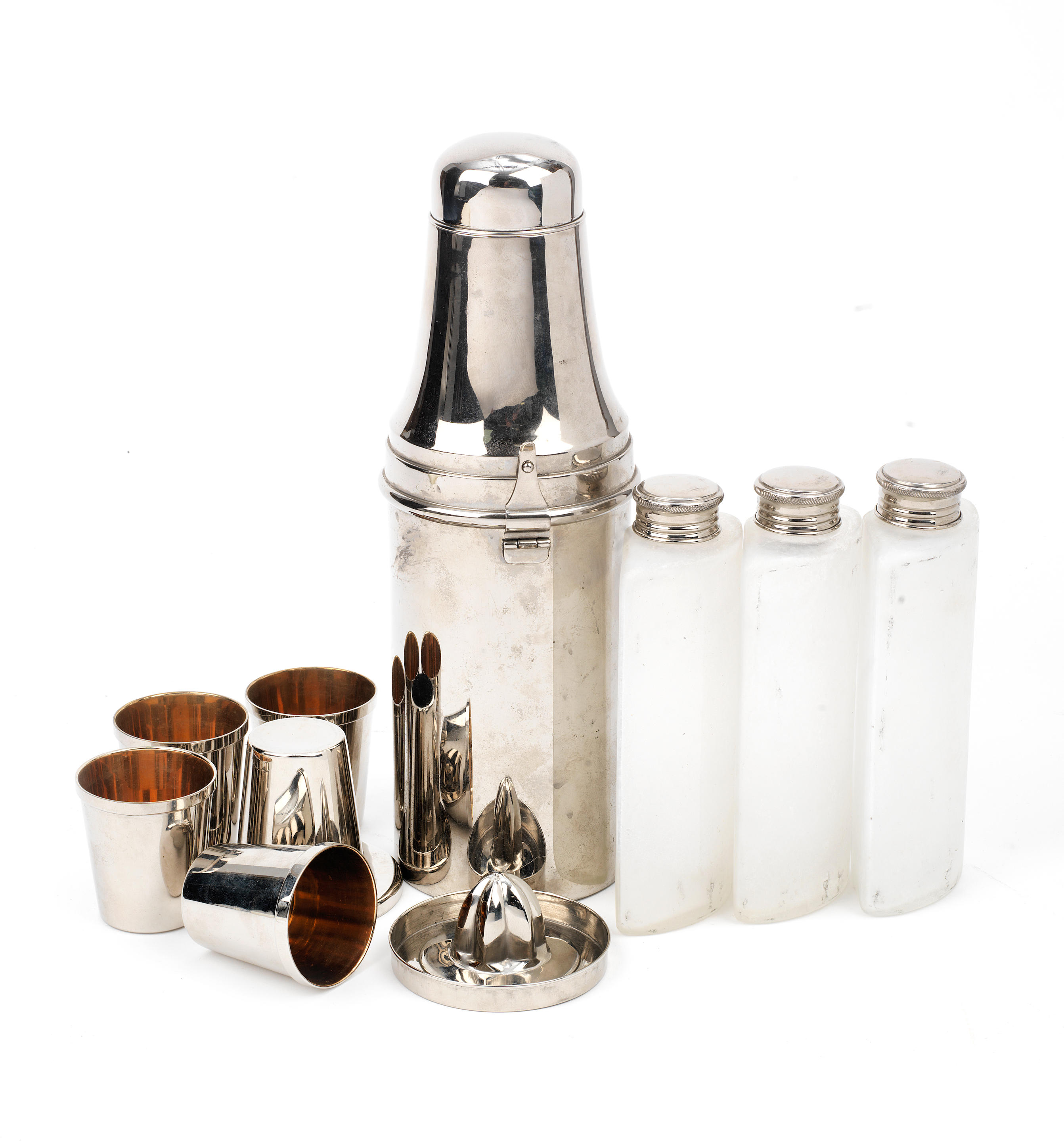
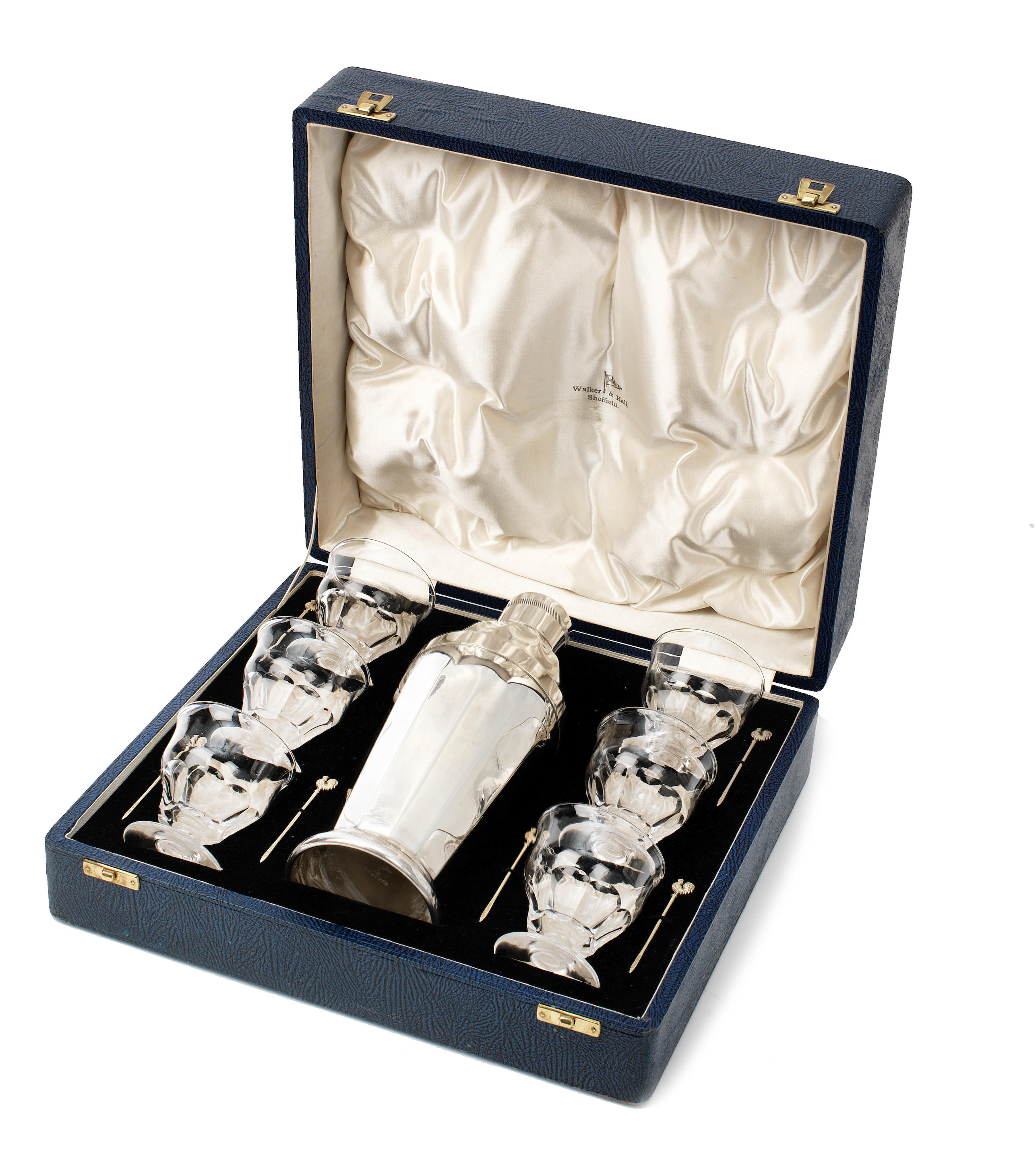
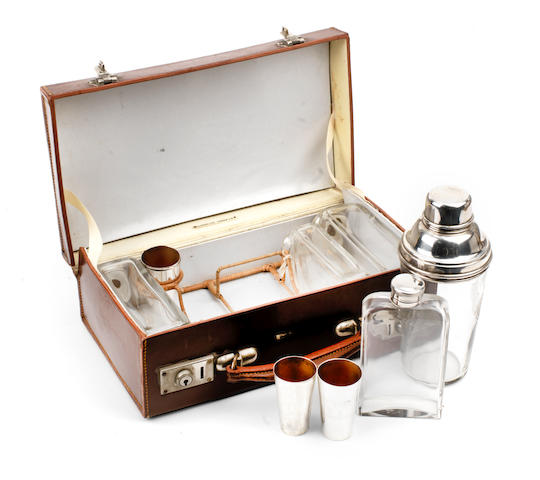
Testen Sie LotSearch und seine Premium-Features 7 Tage - ohne Kosten!
Lassen Sie sich automatisch über neue Objekte in kommenden Auktionen benachrichtigen.
Suchauftrag anlegen